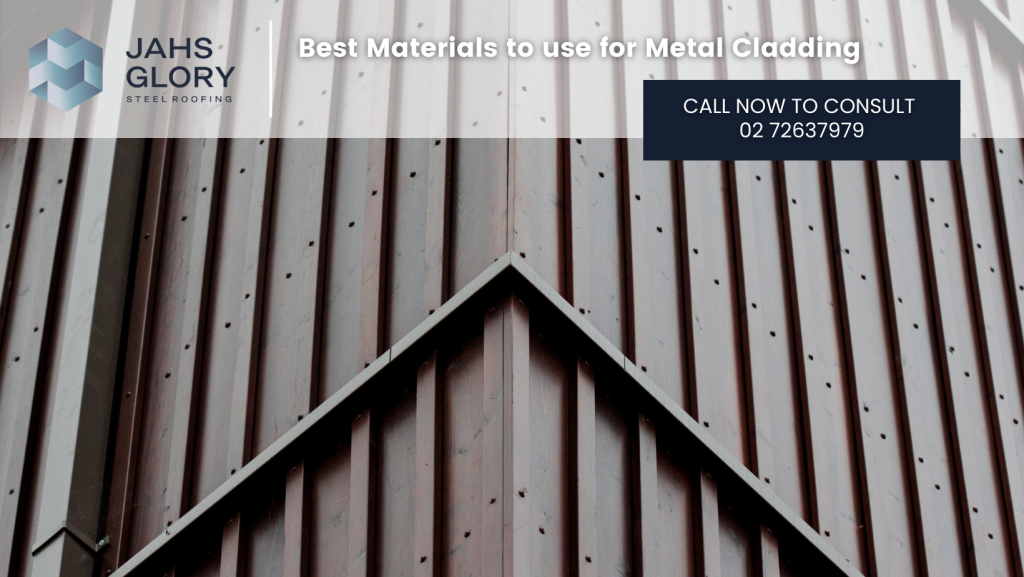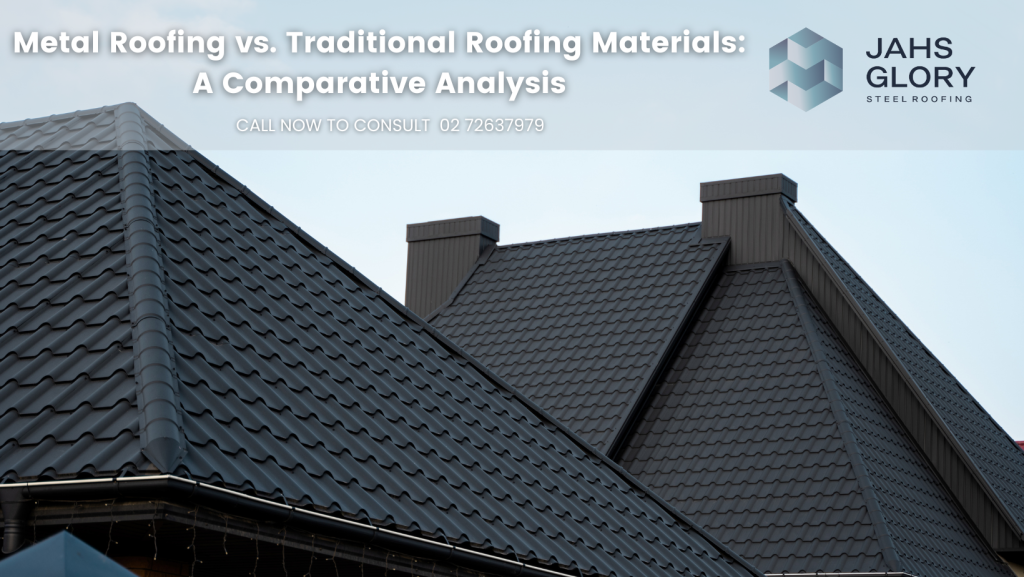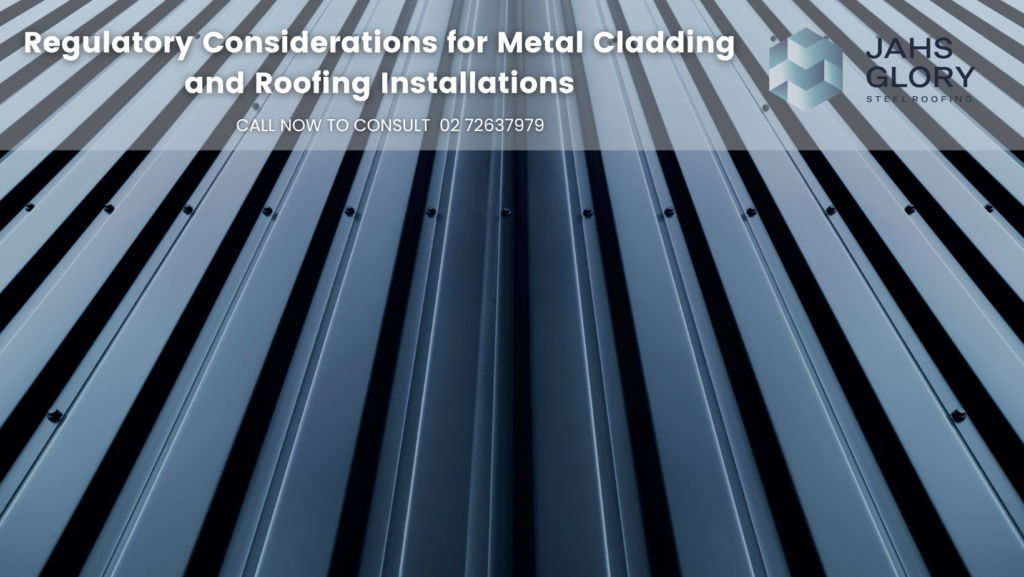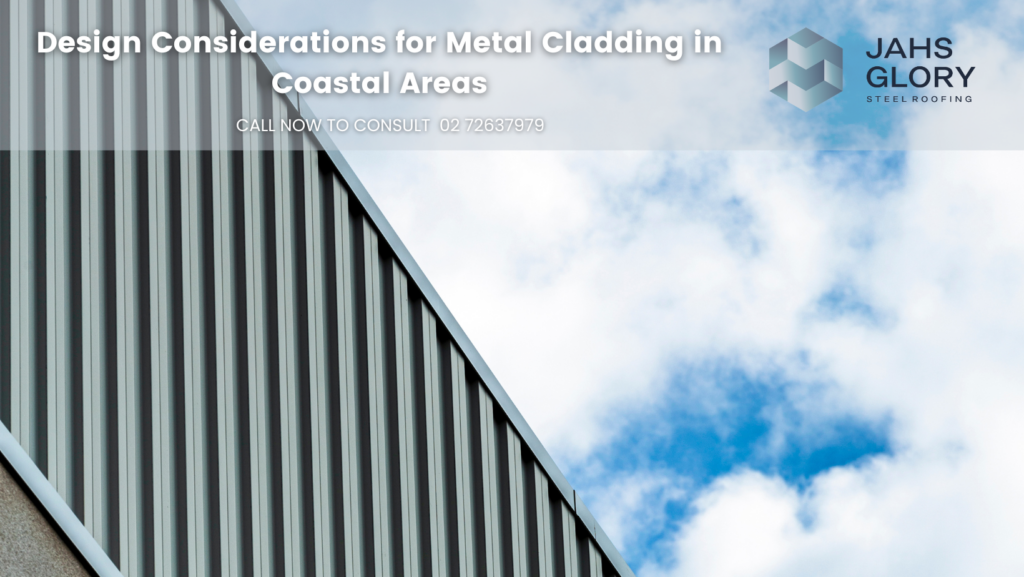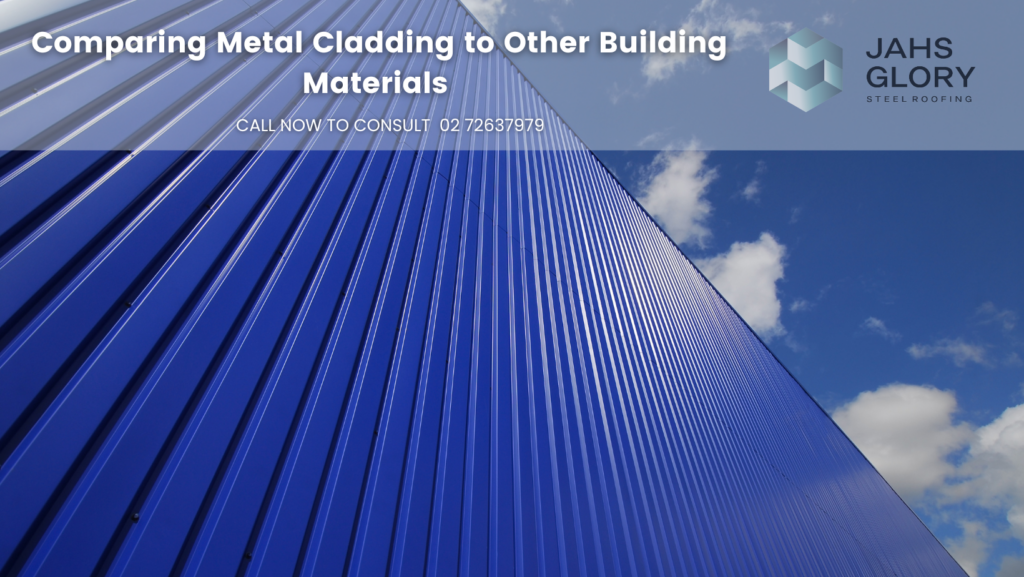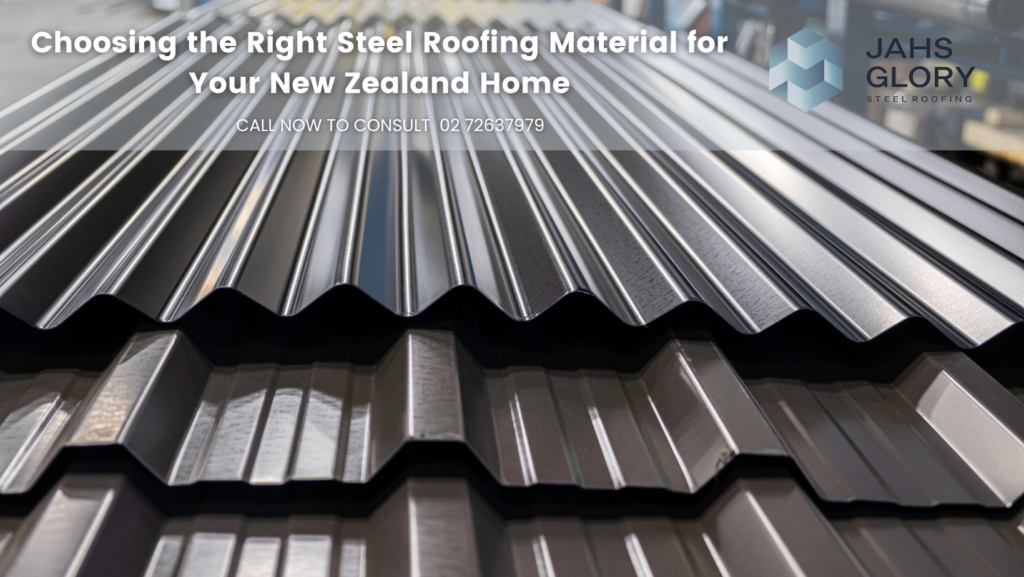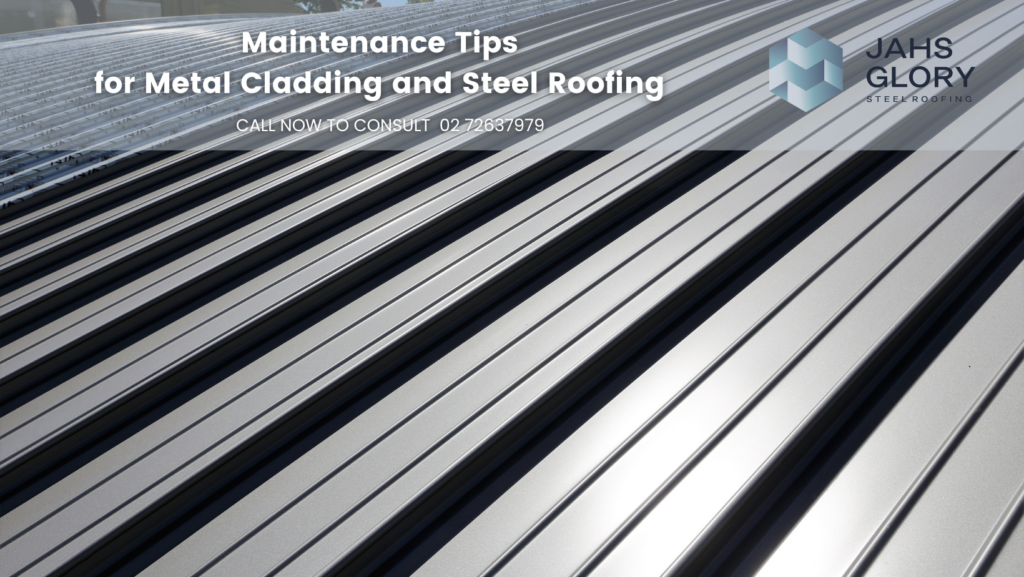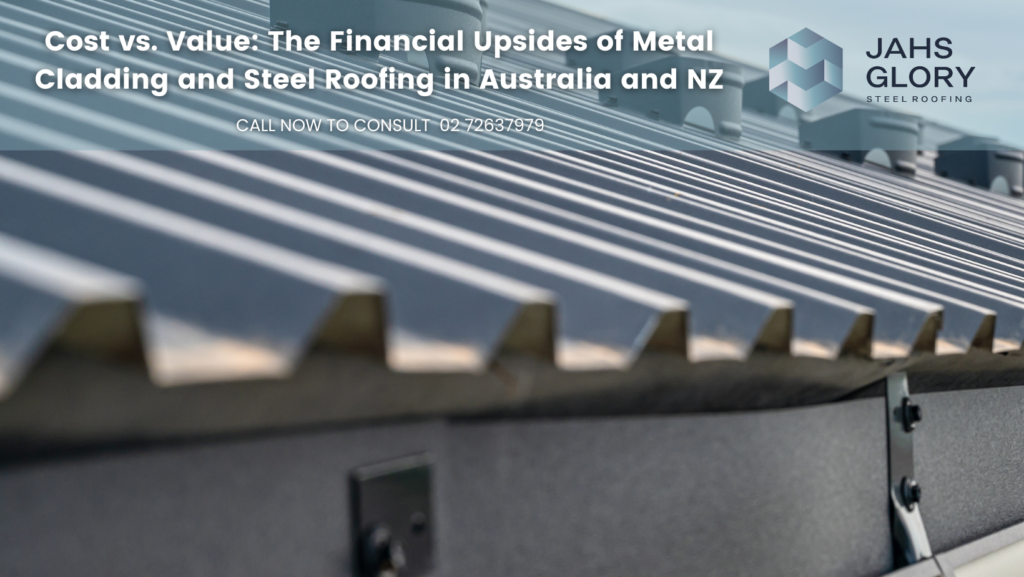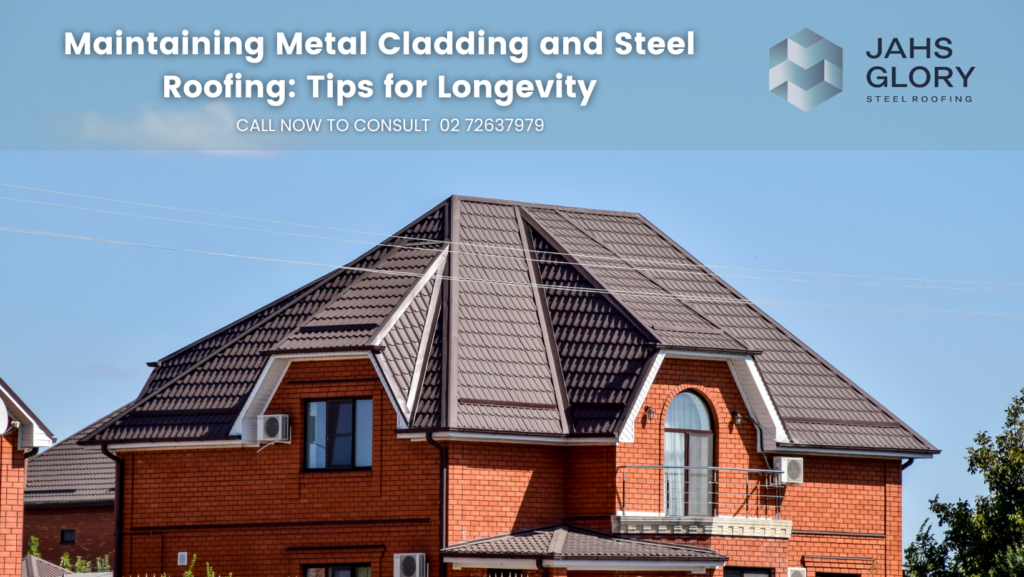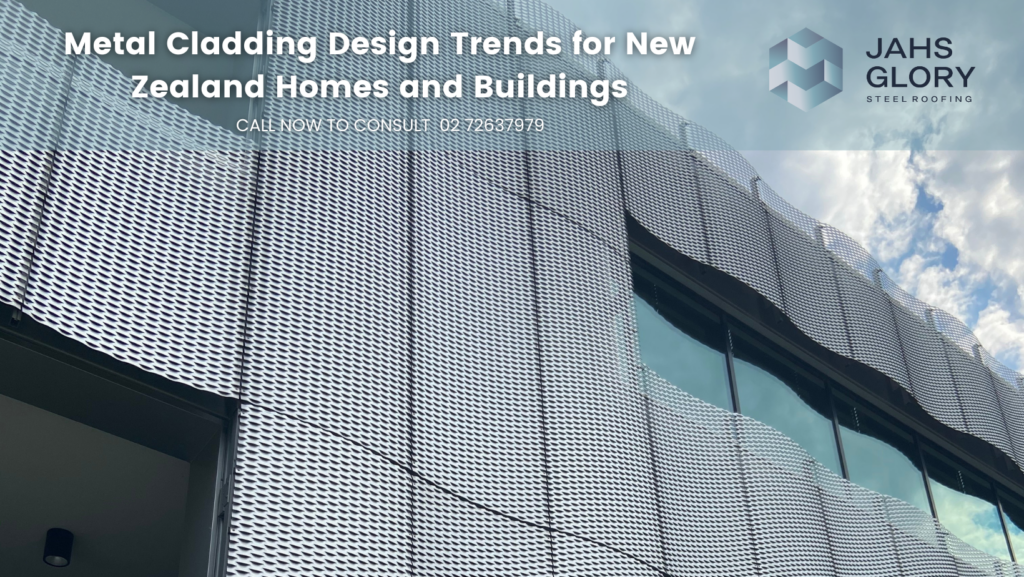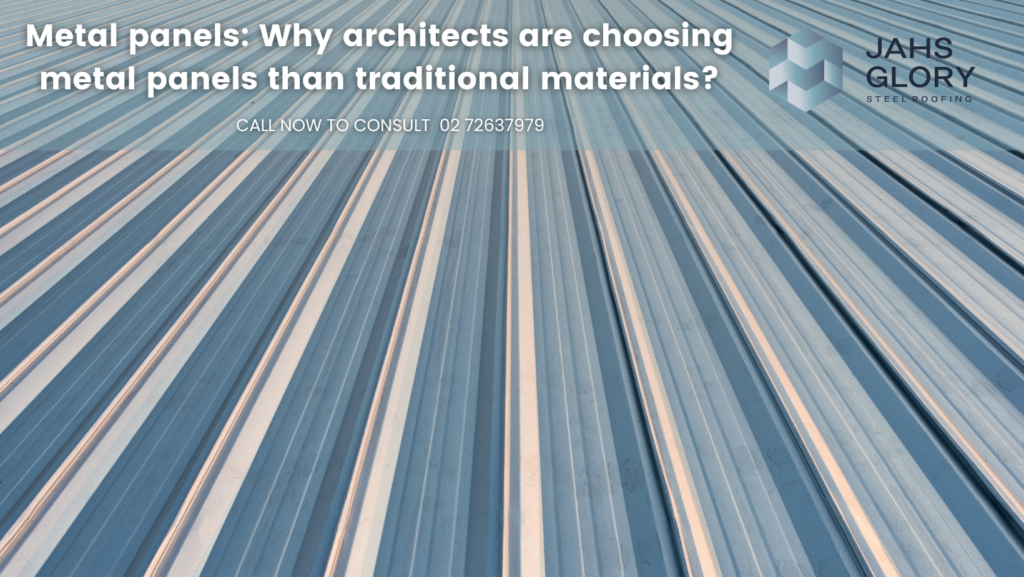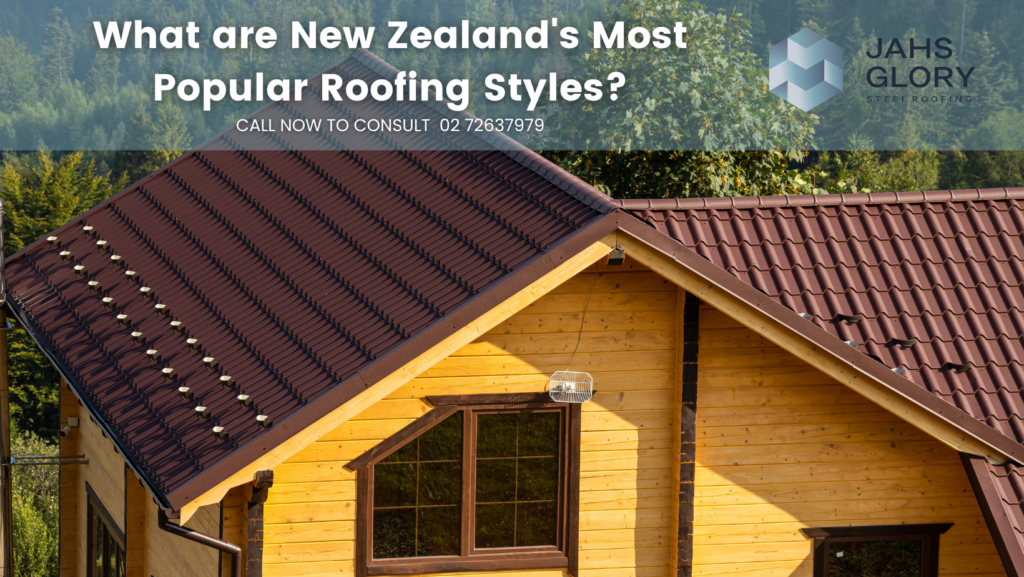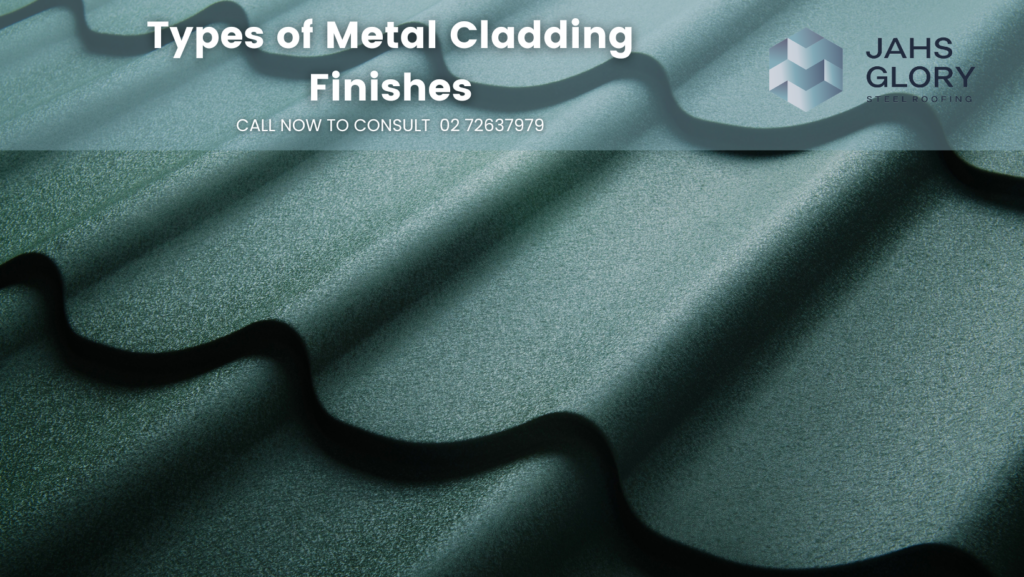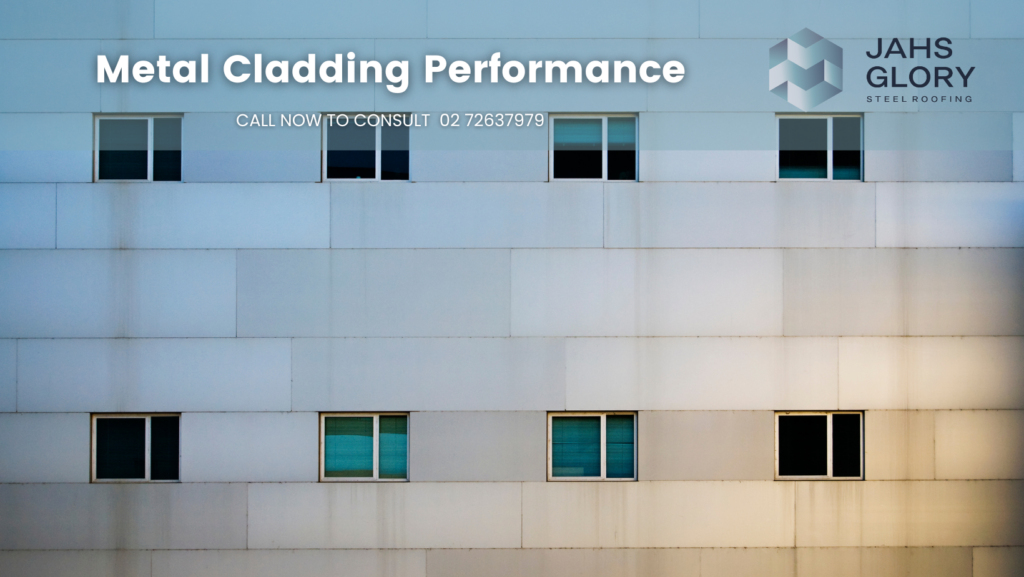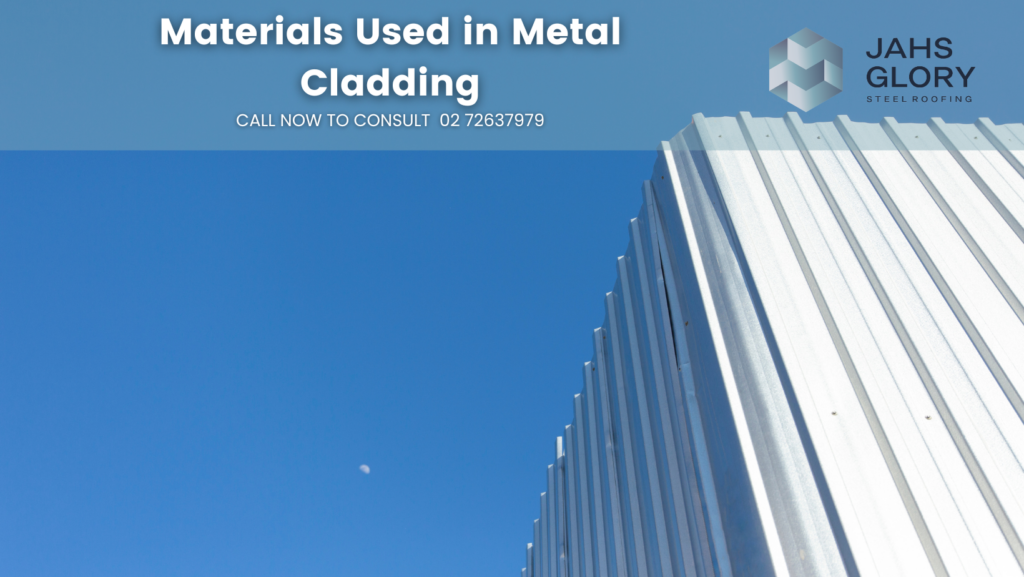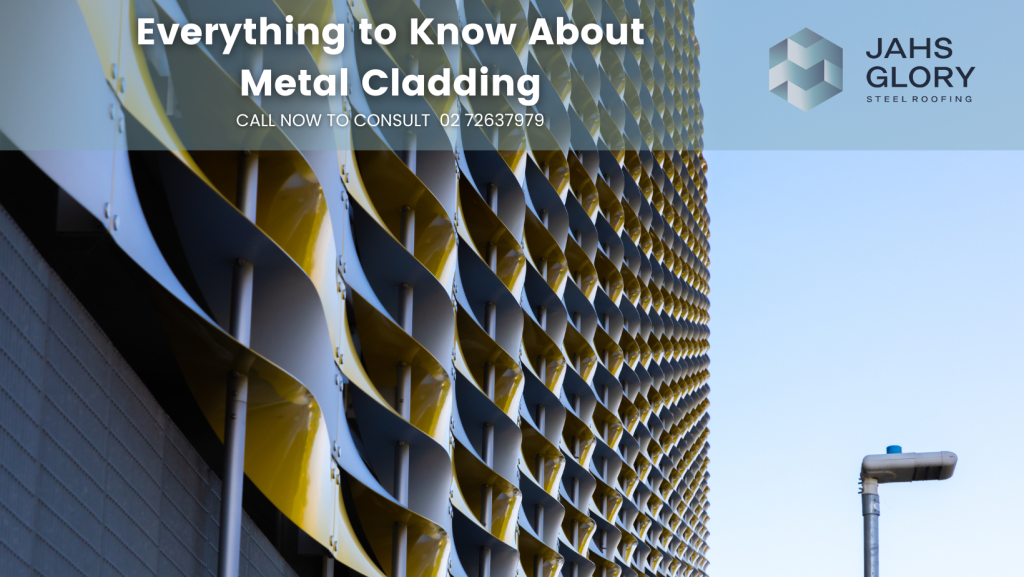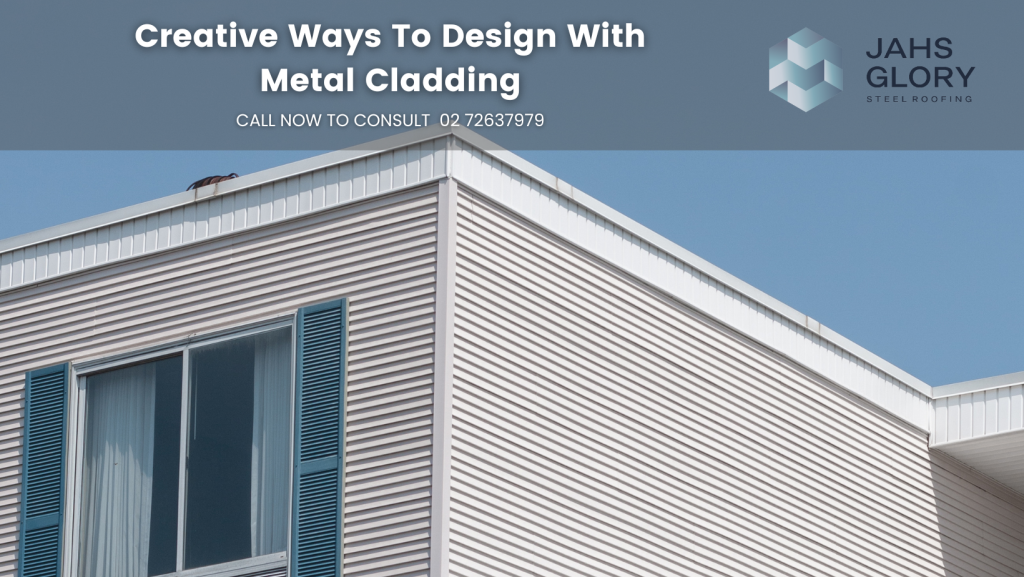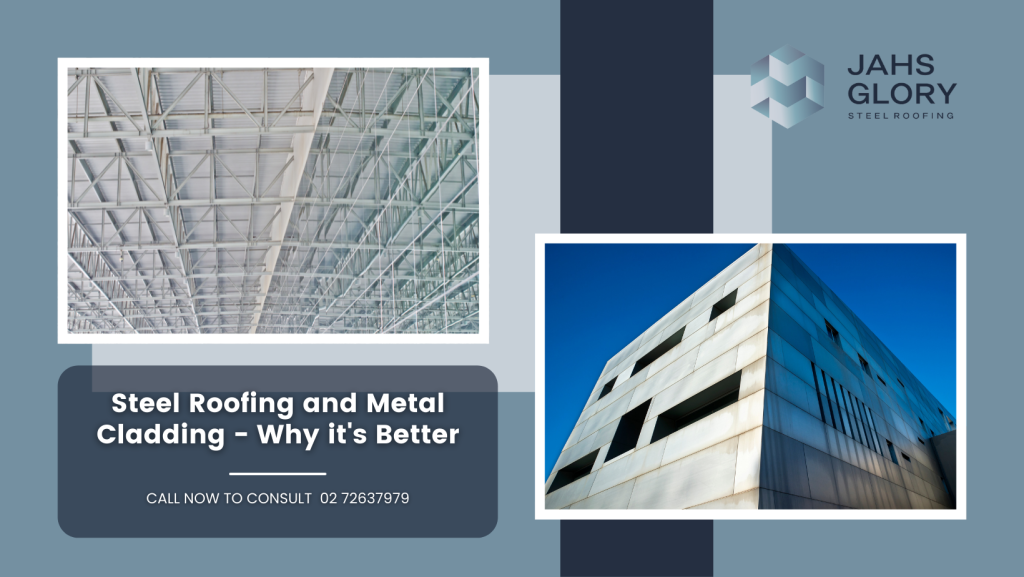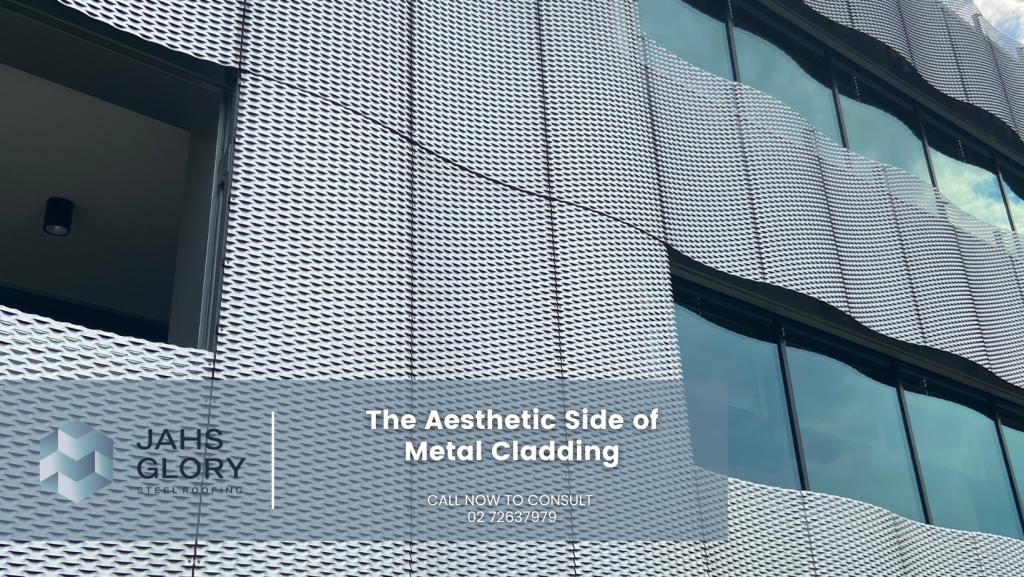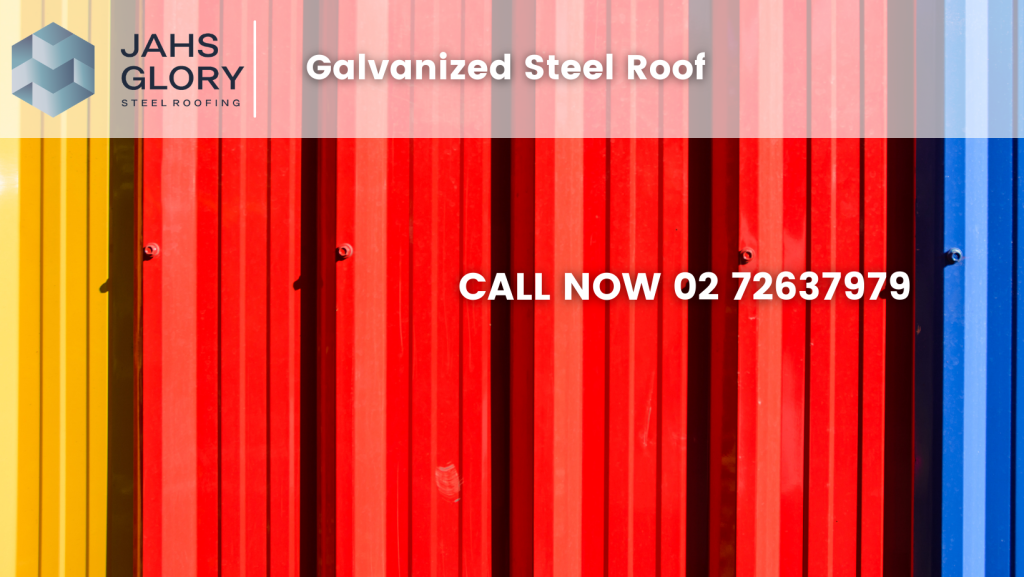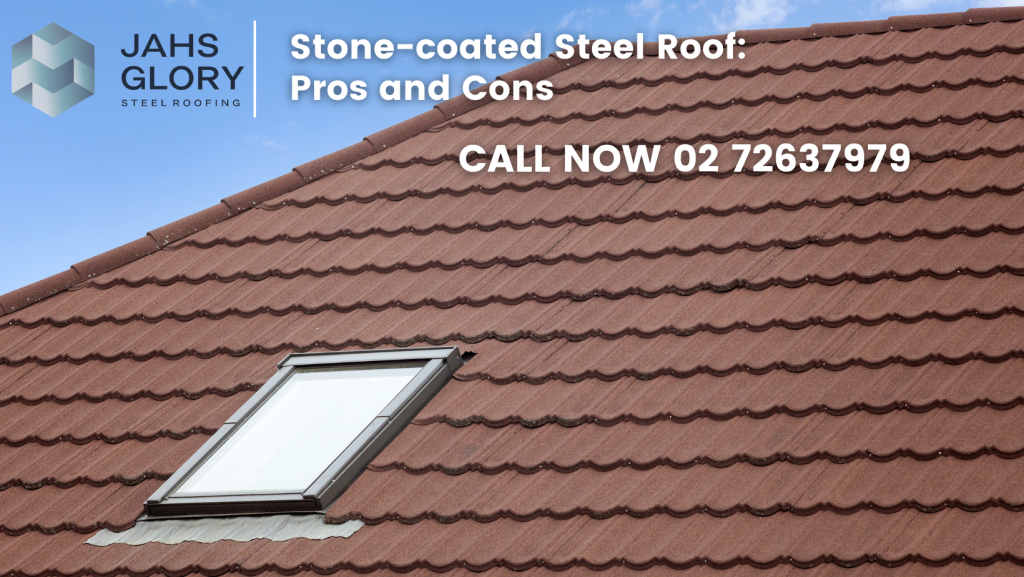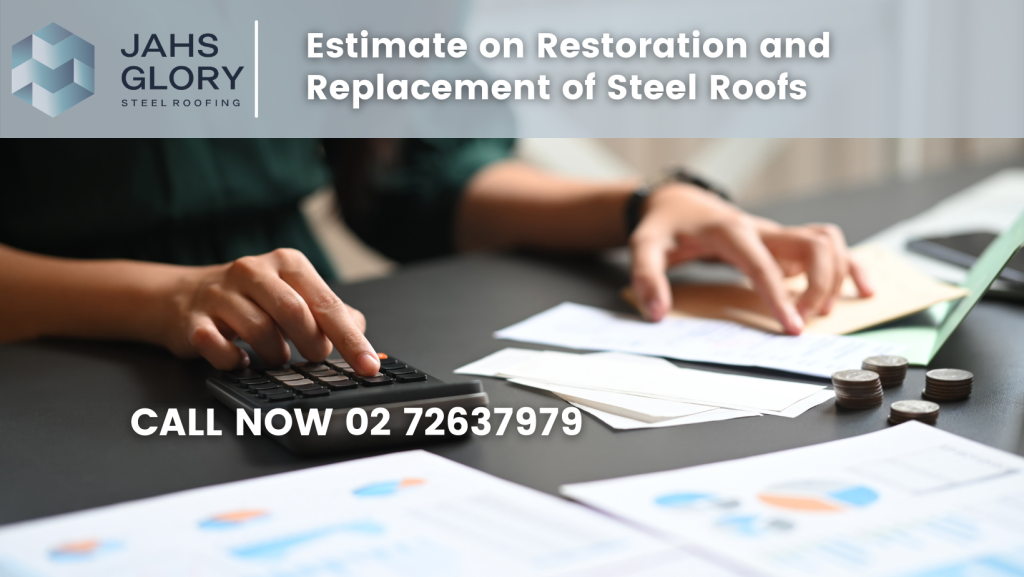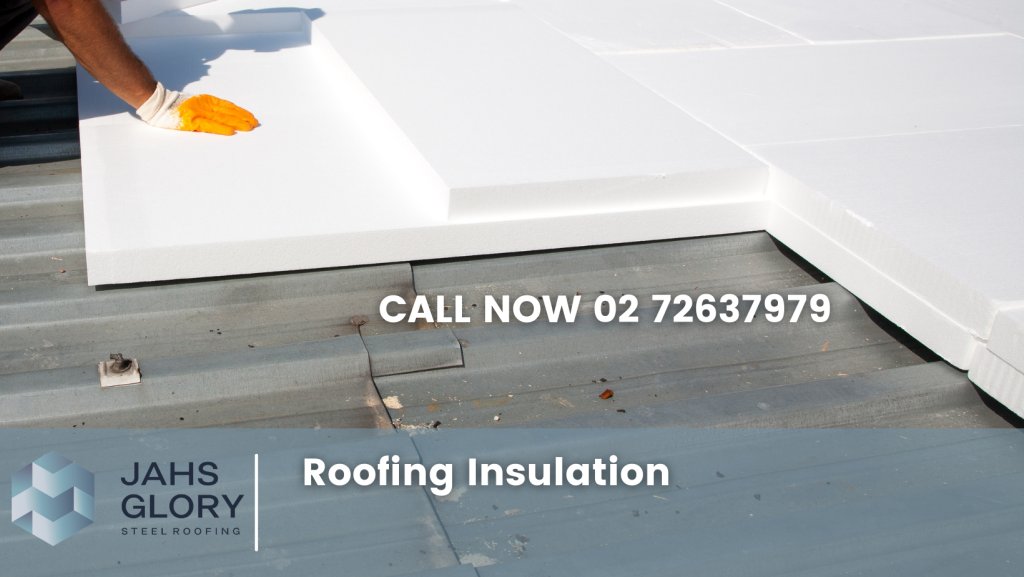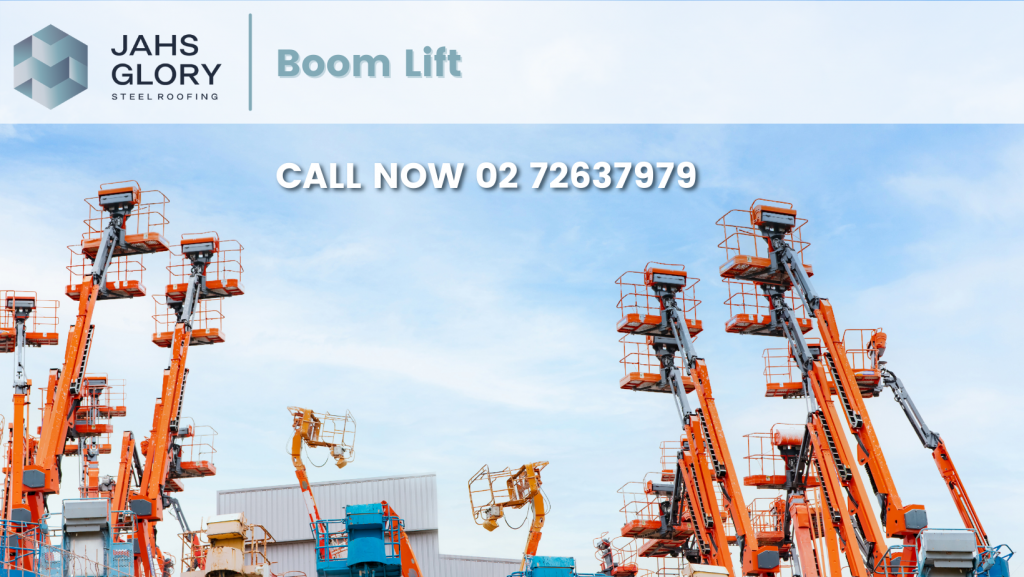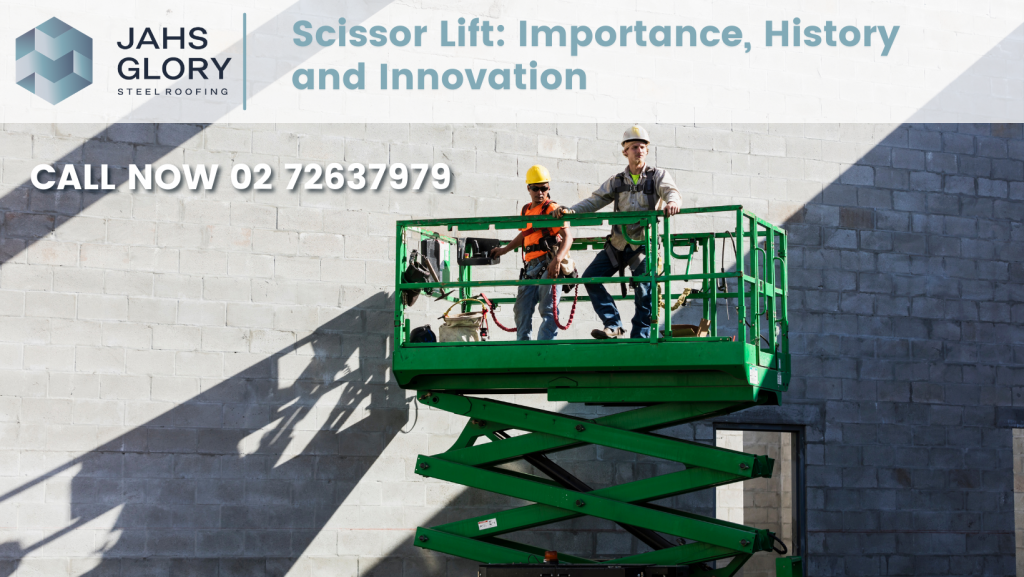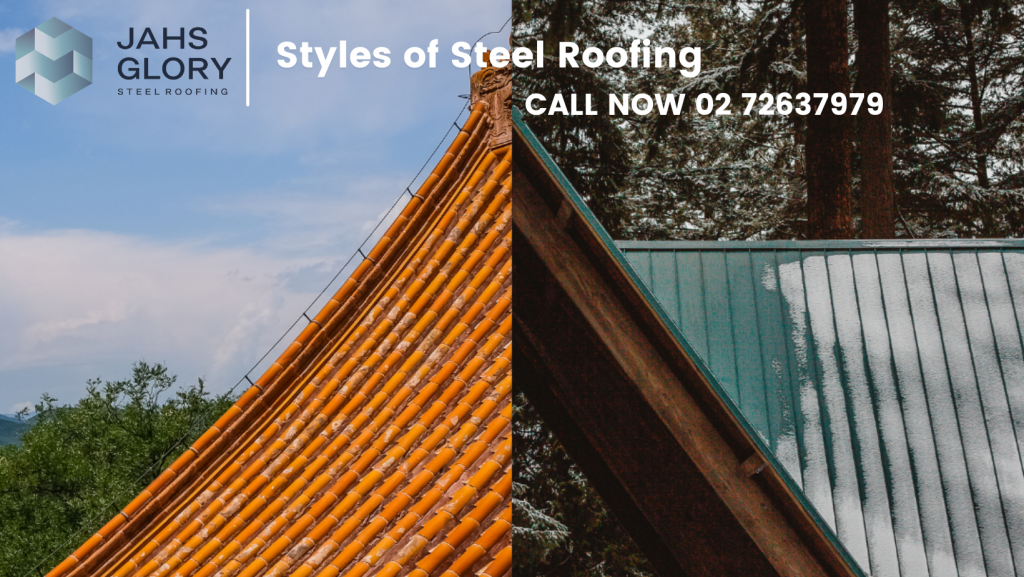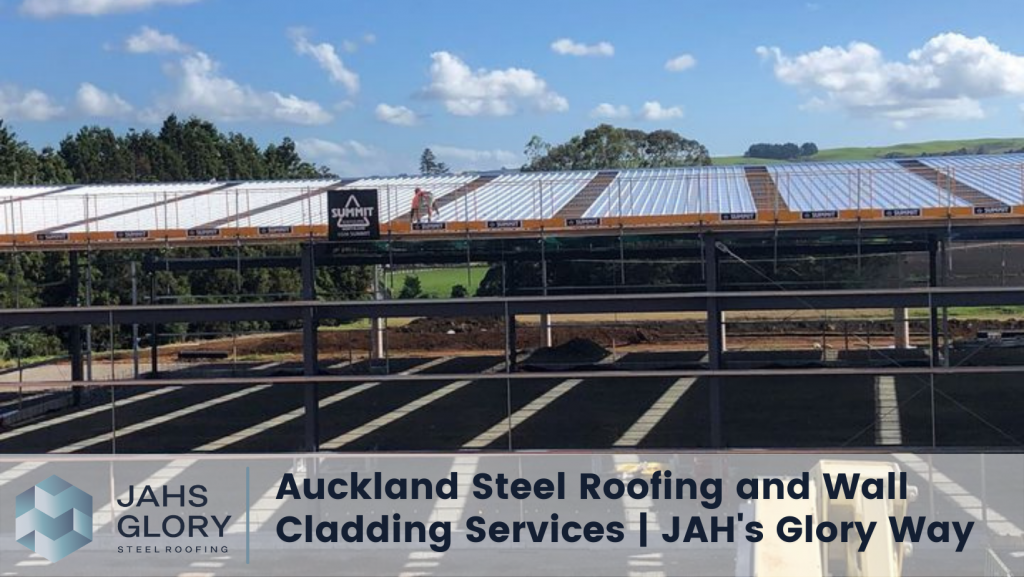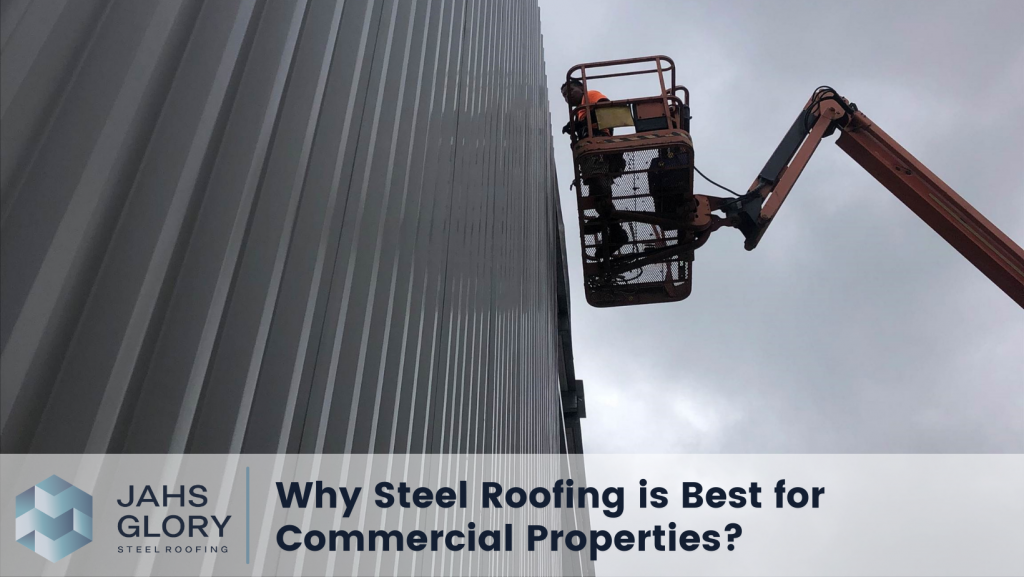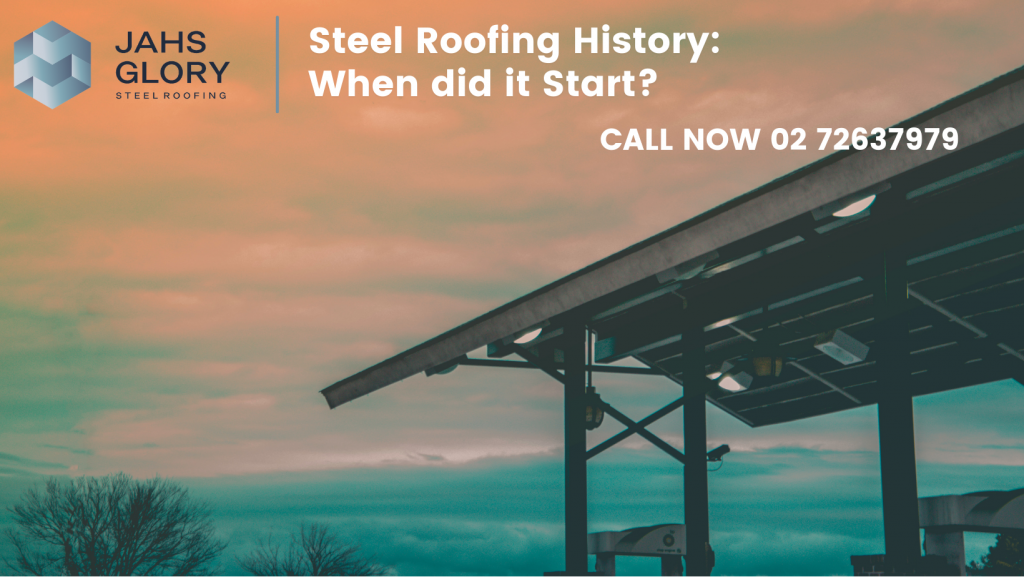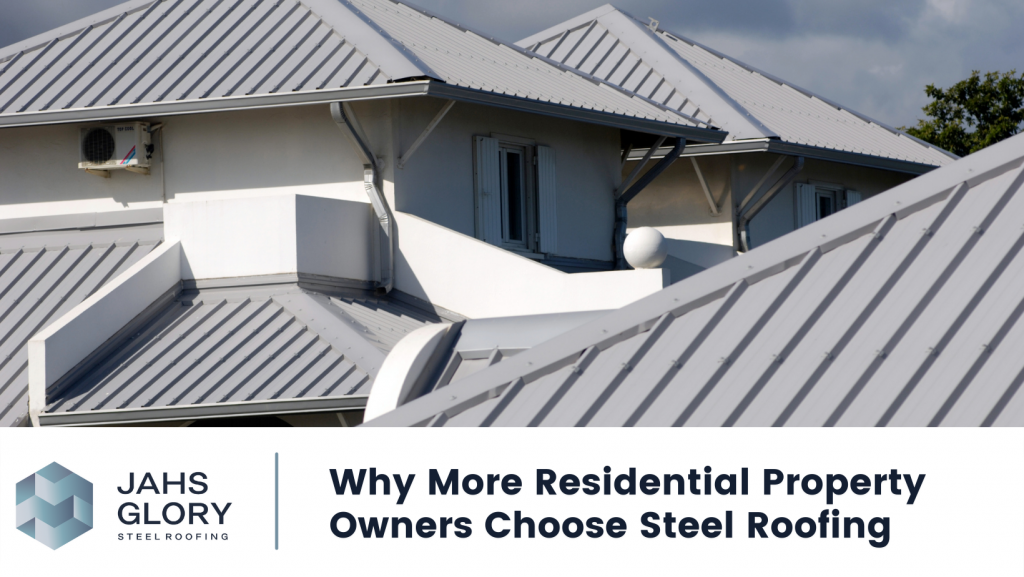Metal Cladding is a method of protecting one metal or composite by forming a second metal layer to its surface. It is used on the outer surfaces of structures and buildings for corrosion and abrasion protection. From agricultural to high-end commercial buildings, metal cladding is found in various projects in which they use a different material for each unique scenario.
Different types of metals are used for metal cladding. Various projects call for different kinds of metals. The four most used metals for cladding are Steel, Aluminum, Zinc, and Copper.
In this blog, we will talk about the advantages of each metal when it comes to cladding and what project suits it best.
Steel Cladding
Steel is the heaviest of all four materials. It is also the cheapest. Usually, it is coated with a polymer lacquer, like plastisol, to avoid rust and corrosion. Coatings are available in a wide range of colors, allowing creativity in the design aspect of things. Due to its cost-effectiveness, many profiles of steel sheets go into agricultural and industrial applications. Impacts and accidents are likely to happen in agricultural and industrial applications, and that’s where the extra durability from Steel Cladding comes in. Also, profiling the steel sheets adds structural integrity and prevents warping.
Zinc Cladding
When Steel Cladding is exposed to water, it starts to rust, which can be problematic. With Zinc Cladding, it is the total opposite. Oxidation of Zinc is desirable. The “Patina” formed when Zinc is exposed to the elements is a highly sought-after aesthetic for structures. It is also very long-lasting and fully recyclable at the end of its lifecycle.
Over time, Zinc Cladding darkens from its original light grey color and takes on a bluer hue as the Patina develops. Many modern-styled structures use it for aesthetic and design purposes.
Aluminum Cladding
Aluminum cladding may be lightweight, but it is also durable and strong. Craneage and manual handling of aluminum systems tend to be easier than other materials, making it very popular in renovation and refurbishment schemes.
Aluminum, as stated, is much easier than other materials. Meaning it is easily bent on-site and highly workable, which is beneficial to unusual patterns or when the configuration is desired. Therefore, Aluminum lends itself to more adventurous designs or futuristic cladding schemes usually used in high-end commercial buildings. Also, it is available in a wide range of colors, textures, and sheet lengths, making it a versatile design option that is not achievable by other metals.
Copper Cladding
Copper has been used as a building material for as long as we know. It is famous for its natural corrosion resistance and dramatic color changes. It starts with a red elemental form. Copper transitions through darker shades of brown as its protective Patina develop and later maintains its iconic green Patina as the outer layer of copper is fully oxidised. Usually, copper cladding is seen on older buildings and structures.
We can help you create an environment-friendly roof and walls while maintaining the integrity of your commercial and residential properties.
JAHS Glory commits to providing quality work for each steel roofing or wall cladding project. We’ve lined up experienced professionals who value real craft, and we don’t rush, as we take every step to get the job done right. We make sure each steel roof and wall cladding project we do in Auckland lives up to everyone’s expectations.
Let our friendly, experienced professionals help you achieve that dream design without sacrificing durability. If you’re interested in finding out more about steel roofing or wall cladding for any commercial or residential properties, you can book a call here or drop us a message via jerome@jahsglory.co.nz.
